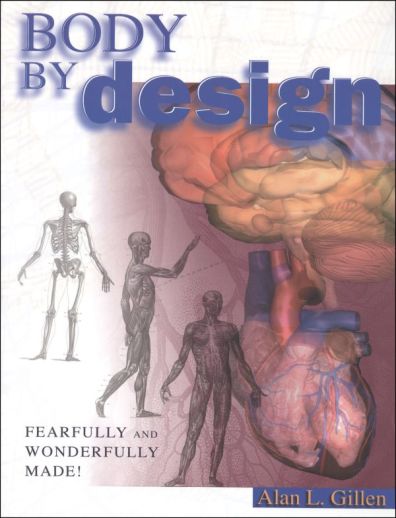We use cookies to make your experience better. To comply with the new e-Privacy directive, we need to ask for your consent to set the cookies. Learn more.
Body by Design
The human body is one of the most intricate, complex designs in nature, and it makes for fascinating study. This book presents basic anatomy and physiology in an accurate, easy-to-understand way. It presents all 11 of the body's major systems, with emphasis on various organs, shows diagrams and illustrations from historical texts, invites students to take a closer look at the design with "focus" sections, and closes each chapter with thought-provoking questions. Not only does the book give a detailed presentation about the human body; it also presents the material from a creationist standpoint. Each chapter is based on an intelligent design by God, and takes students through all of the evidence for this belief, inspiring them to think it through and weigh the possibility of macroevolution. We really ARE fearfully and wonderfully made. ~ Melissa
Body by Design defines the basic anatomy and physiology in each of 11 body systems from a creational viewpoint. Every chapter explorers the wonder, beauty, and creation of the human body, giving evidence for creation, while exposing faulty evolutionistic reasoning.
Special explorations into each body system look closely at disease aspects, current events, and discoveries, while profiling the classic and contemporary scientists and physicians who have made remarkable breakthrough in studies of the different areas of the human body.
- Body by Design is an ideal textbook for Christians high school or college students.
- It utilizes tables, graphs, focus sections, diagrams, and illustrations to provide clear examples and explanations of the ideas presented.
- Questions at the end of each chapter challenge the student to think through the evidence presented.


Required for class
Required material that goes with Winter Promise Forensic Science curriculum.
Looking for a high school anatomy course to supplement my DVD course I already own.
Looks like it is great for teaching the beauty of the human body.